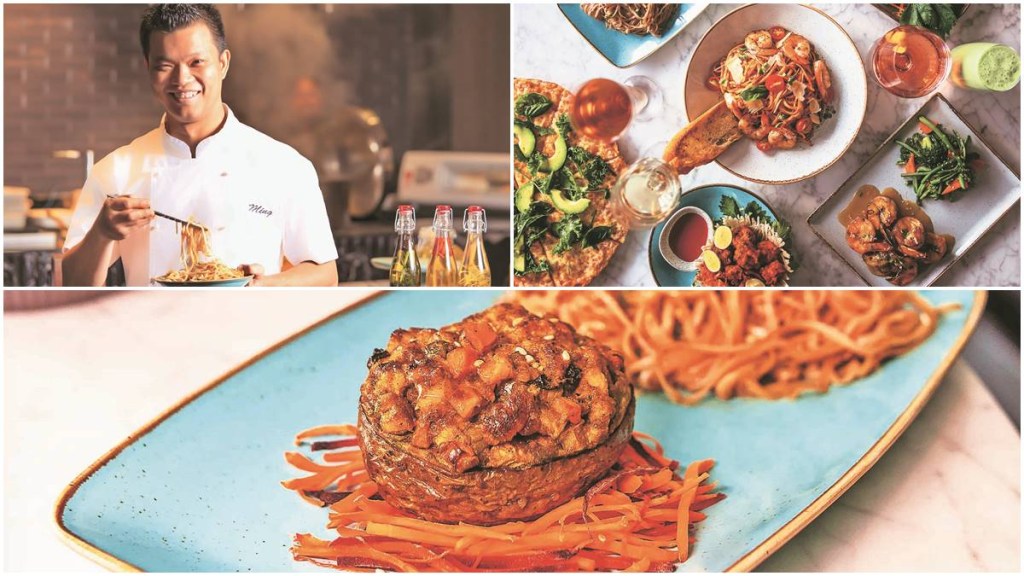Chef Ho Chi Ming doesn’t want to forget his roots. “I want to travel around, telling people what Calcutta Chinese food is all about,” says the third-generation cook in the family.
Ming has reasons to take pride in the distinct culture and cuisine as he hails from Kolkata—home to two Chinatowns (one at Tiretti Bazaar and the other at Tangra) and birthplace of what is now known as Indo-Chinese cuisine, a unique blend of traditional Chinese dishes with Indian spices and cooking techniques.
During British rule, the first lot of Chinese immigrants settled in Kolkata, working in tanneries and as dentists and carpenters. Food was not much on the menu, but families opened kitchens selling baos, noodles, dumplings and soups, inadvertently casting such an impact on the city’s culinary landscape that the 5-am breakfast at Tiretti Bazaar and restaurant hopping, from Beijing and Golden Joy to Big Boss and Kim Fa, are now on top of to-do lists of food enthusiasts.
“In Tangra, every restaurant has its own style of making the same dish. It’s because some families are Hakka, who are nomads, and some are Cantonese, all of whom have different cooking styles,” the chef explains.
Bringing the culinary experience of Chinatown to Delhi-NCR, chef Ming did the ‘Tales of Tangra’ pop-up at The Westin Gurgaon, New Delhi, recently. The offerings included the classic manchow and sweet corn soups and the famous Kolkata chilli chicken and hakka noodles, braised wantons and ginger honey noodles with ice cream. The menu also included crab meat and asparagus soup, braised pork belly and yam mein. “When we were young, we would go to Tangra for the chilli chicken, chicken lollipops, spring rolls and sweet corn soup. But now, with the new-age and more well-travelled chefs, they have started improvising. For example, the crab and asparagus soup, which we had also included in the menu, is more of a Singapore and Hong Kong-style of soup, but has now found its way into Tangra,” the chef explains.
While Ming speaks of the innovations happening at the Tangra food scene, Chinatown is undergoing another, and concerning, change. While Kolkata’s Chinese immigrants have drawn an indelible ink on India’s culinary scene, leading to the genesis of the massively popular Indo-Chinese cuisine, the population is shrinking fast. From over 20,000 people in the early 20th century, their numbers have reduced to just 2,000.
While the 1962 Indo-Chinese war, when the Chinese were looked upon with suspicion, and the shutdown of tanneries played a major role, many also migrated to Canada, Australia and the US for better education and job opportunities. “You’ll find the next Tangra in Canada,” says Ming.
While the chef calls the trend “concerning”, he points out that “a lot of youngsters are now ditching abroad and want to stay back in India. They are going out for a short while but coming back with new knowledge and improvisation”.








